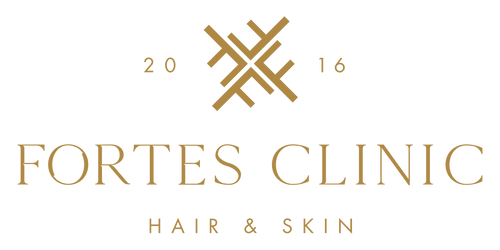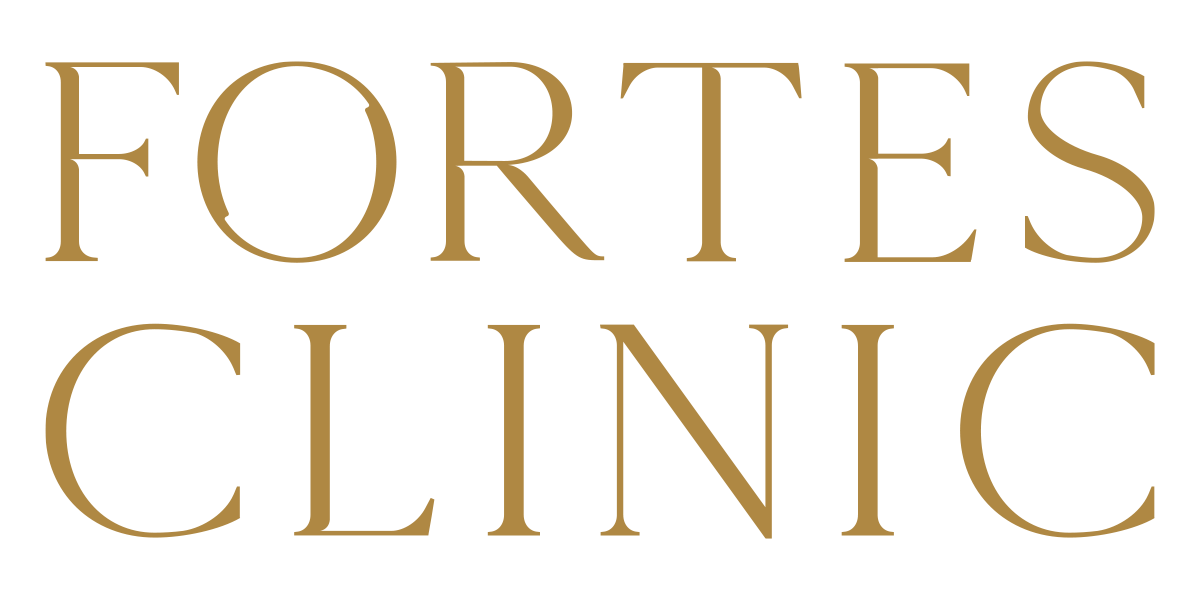Introduction to Facial Hair Transplant
Understanding Facial Hair Transplantation
Facial hair transplant has emerged as a viable solution for individuals seeking to enhance their facial appearance. Whether it’s filling in patchy areas, creating a more defined beard, or addressing scars, this procedure offers a permanent solution to achieve desired facial hair goals.
History and Evolution of Facial Hair Transplantation
Facial hair transplantation traces its roots back to the 1990s when hair transplantation techniques were first adapted for facial use. Over the years, advancements in technology and surgical techniques have refined the procedure, making it safer and more effective.
Common Reasons for Seeking Facial Hair Transplantation
The decision to undergo facial hair transplantation is often driven by personal preferences and aesthetic goals. Common reasons include genetics causing patchy or sparse facial hair growth, scarring from injuries or previous surgeries, or simply desiring a fuller and more masculine facial appearance.
Preparing for Facial Hair Transplant
Assessing Candidacy for Facial Hair Transplant
Before undergoing a facial hair transplant, it’s essential to assess candidacy. Factors such as overall health, hair loss pattern, and expectations play a crucial role. Consulting with a qualified specialist is the first step towards determining suitability for the procedure.
Factors Affecting Candidacy
Candidacy for facial hair transplantation depends on various factors, including the donor hair availability, skin type, and underlying medical conditions. A thorough evaluation by a skilled surgeon helps in determining whether the individual is a suitable candidate for the procedure.
Consultation Process with a Specialist
During the consultation, the surgeon evaluates the patient’s medical history, assesses the extent of hair loss, and discusses realistic expectations. This interactive session provides an opportunity to address concerns, clarify doubts, and outline the treatment plan tailored to the individual’s needs.
Preparing for the Procedure
Preoperative Instructions
In preparation for the facial hair transplant procedure, patients are given specific preoperative instructions. These may include avoiding certain medications, refraining from smoking, and following a recommended skincare regimen to optimize the outcome and minimize potential risks.
Understanding the Procedure Steps
The facial hair transplant procedure typically involves harvesting hair follicles from the donor area, usually the back of the scalp, and transplanting them into the recipient sites on the face. The surgeon meticulously designs the new hairline and strategically implants the grafts to achieve natural-looking results.
Types of Facial Hair Transplant Techniques
Follicular Unit Extraction (FUE)
FUE is a minimally invasive technique that involves extracting individual follicular units from the donor area using a small punch tool. These grafts are then implanted into the recipient sites on the face, allowing for precise placement and faster healing.
Procedure Overview
During FUE, the surgeon uses a specialised device to extract hair follicles individually, preserving their integrity and ensuring minimal scarring in the donor area. The extracted grafts are then meticulously transplanted into the recipient sites, following the natural direction and angle of hair growth.
Advantages and Disadvantages
FUE offers several advantages, including minimal scarring, faster recovery, and the ability to harvest hair from various parts of the body. However, it may be more time-consuming and costly compared to other techniques, and the success rate depends on the surgeon’s skill and experience.
Follicular Unit Transplantation (FUT)
FUT, also known as strip harvesting, involves removing a thin strip of tissue from the donor area and dissecting it into individual follicular units under a microscope. These grafts are then transplanted into the recipient sites on the face, similar to the FUE technique.
Procedure Overview
In FUT, the surgeon removes a strip of skin from the donor area, typically the back of the scalp, and closes the incision with sutures. The harvested strip is then divided into individual follicular units, which are meticulously transplanted into the recipient sites, ensuring natural-looking results.
Advantages and Disadvantages
FUT is known for its high yield of grafts and shorter harvesting time compared to FUE. However, it leaves a linear scar in the donor area, which may be visible with short hairstyles. Additionally, the recovery period may be slightly longer compared to FUE.
Aftercare and Recovery
Postoperative Care Instructions
Following facial hair transplantation, patients are provided with detailed postoperative care instructions to promote proper healing and minimise discomfort. These may include keeping the treated area clean, avoiding strenuous activities, and taking prescribed medications as directed. You can learn more about post-op hair transplant care in a previous guide.
Managing Discomfort and Swelling
It is normal to experience some discomfort, swelling, and redness in the treated area following facial hair transplantation. Applying cold compresses, taking pain relievers as recommended by the surgeon, and following a soft diet can help alleviate these symptoms and promote a smoother recovery.
Avoiding Complications
While complications are rare, it’s essential to follow postoperative instructions diligently to minimise the risk of infection, bleeding, or graft failure. Patients should avoid touching or scratching the treated area, refrain from smoking, and attend follow-up appointments as scheduled to monitor progress.
Long-Term Recovery Expectations
Timeline for Hair Growth
The transplanted hair typically goes through a shedding phase within the first few weeks post-procedure, followed by a period of dormancy before new hair growth begins. Patients can expect to see noticeable improvement in facial hair density within three to six months, with full results becoming apparent within a year.
Maintenance Tips for Transplanted Hair
Once the transplanted hair has fully grown, it requires the same care and maintenance as natural facial hair. Regular grooming, including washing, trimming, and styling, helps maintain the desired appearance and ensures long-term satisfaction with the results of the facial hair transplantation.
Potential Risks and Complications
Common Risks Associated with Facial Hair Transplantation
While facial hair transplantation is generally safe, certain risks and complications may arise, including infection, scarring, and unnatural hair growth patterns. Understanding these potential risks and how to manage them is essential for a successful outcome.
Infection
Infection is a rare but possible complication following facial hair transplantation. Patients are advised to keep the treated area clean and follow proper hygiene practices to minimise the risk of infection. Additionally, taking prescribed antibiotics as directed can help prevent bacterial growth.
Scarring
Scarring is a potential concern, particularly with techniques such as FUT that involve a linear incision in the donor area. However, advancements in surgical techniques and meticulous wound closure methods have helped minimise the visibility of scars, allowing for discreet results.
Unnatural Hair Growth Patterns
In some cases, transplanted hair may experience unnatural growth patterns, resulting in an unnatural appearance. This can occur due to improper placement of grafts or follicle damage during transplantation. However, with proper surgical technique and careful planning, skilled surgeons can achieve natural-looking results that seamlessly blend with existing facial hair.
Managing and Minimising Risks
To minimise the risk of complications and maximise the success of facial hair transplantation, it’s crucial to choose a qualified and experienced surgeon. Researching the surgeon’s credentials, reviewing before-and-after photos, and asking for patient testimonials can help ensure you’re in capable hands.
Following postoperative instructions diligently is equally important. Patients should adhere to prescribed medications, avoid strenuous activities that may disrupt the healing process, and attend follow-up appointments as advised by the surgeon. Open communication with the surgical team and reporting any concerns promptly can help address issues early and prevent complications.
Cost Considerations and Financing Options
Factors Influencing the Cost of Facial Hair Transplantation
The cost of facial hair transplantation varies depending on several factors, including the size of the treatment area, the technique used, and the surgeon’s expertise. Larger treatment areas or more extensive procedures may incur higher costs, as well as opting for advanced techniques such as robotic hair transplantation.
Exploring Financing and Payment Options
While facial hair transplantation is considered a cosmetic procedure and typically not covered by insurance, many clinics offer financing plans and payment options to make the treatment more accessible. Patients can explore options such as medical financing companies, credit cards, or payment plans offered by the clinic to manage the cost of the procedure.
Embracing the Transformation
Facial hair transplantation offers a permanent solution for individuals seeking to enhance their facial appearance and achieve their desired aesthetic goals. By embracing this transformative journey, individuals can regain confidence in their appearance and enjoy the newfound freedom of expressing their unique style.
Celebrating the Decision for Facial Hair Transplantation
The decision to undergo facial hair transplantation is a significant step towards reclaiming confidence and embracing one’s true self. By choosing a qualified surgeon, following postoperative care instructions diligently, and maintaining realistic expectations, individuals can embark on a journey of transformation with confidence and optimism.
Choosing Fortes Clinic
At Fortes Clinic, we understand the importance of selecting a trusted and experienced provider for your facial hair transplantation journey. With a team of highly skilled surgeons and dedicated staff, we have a commitment to delivering exceptional results and ensuring the utmost satisfaction of our patients. Our state-of-the-art facilities and cutting-edge techniques enable us to tailor treatment plans to meet the unique needs and goals of each individual.
From the initial consultation to postoperative care, we strive to provide personalised attention and support every step of the way. With Fortes Clinic, you can trust that you’re in capable hands, and we look forward to being a part of your transformative journey towards achieving the facial appearance you desire.



